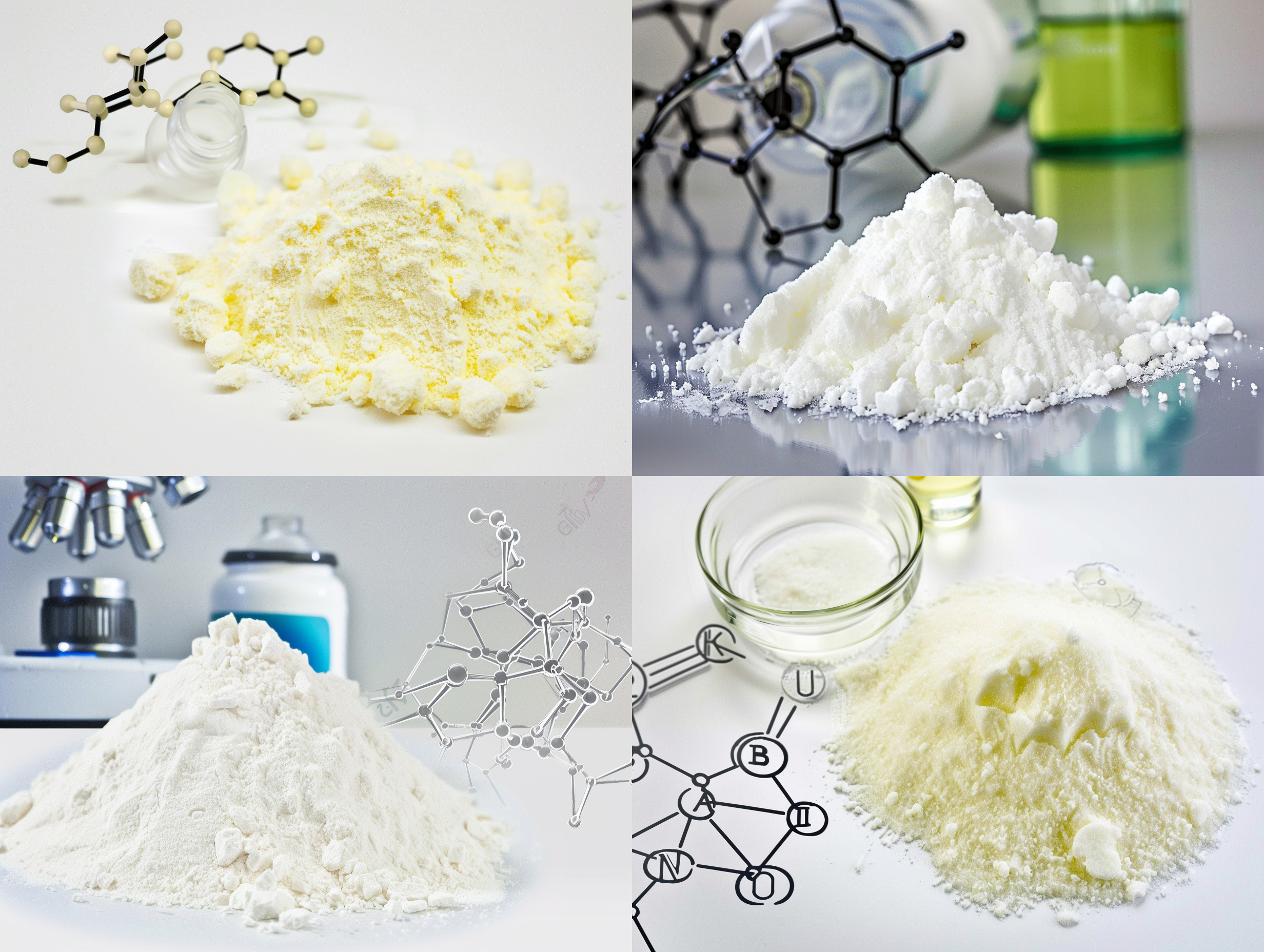In the competitive rubber industry, the durability and performance of rubber products are paramount. The development of high-temperature and crack-resistant rubber aging inhibitors has become increasingly essential, offering solutions to improve the lifespan and reliability of rubber applications.
Recent innovations have introduced advanced compounds that not only enhance the resistance of rubber to aging but also deter cracks caused by environmental stressors. These developments ensure that rubber products maintain their integrity even under extreme conditions.
.jpg)
Among the notable advancements is the introduction of specialized aging inhibitors that exhibit superior thermal stability, prolonging the life of rubber in high-temperature applications. Furthermore, these inhibitors effectively minimize cracking under mechanical stress, ensuring products perform consistently.
The application of high-temperature and crack-resistant inhibitors is diverse, spanning industries from automotive to construction. By implementing these technologies, manufacturers can significantly reduce the incidence of failure, leading to lower replacement costs and enhanced customer satisfaction.
.jpg)
Investing in these innovative rubber aging inhibitors not only enhances product performance but also contributes to sustainability by reducing waste associated with premature product failure. This strategic approach aligns with the industry's shift towards environmentally friendly practices.

As the rubber industry continues to evolve, staying informed about the latest technologies in aging inhibitors is crucial for manufacturers aiming to achieve a competitive edge. Embracing high-temperature and crack-resistant solutions will undoubtedly lead to enhanced product performance and increased market share.
